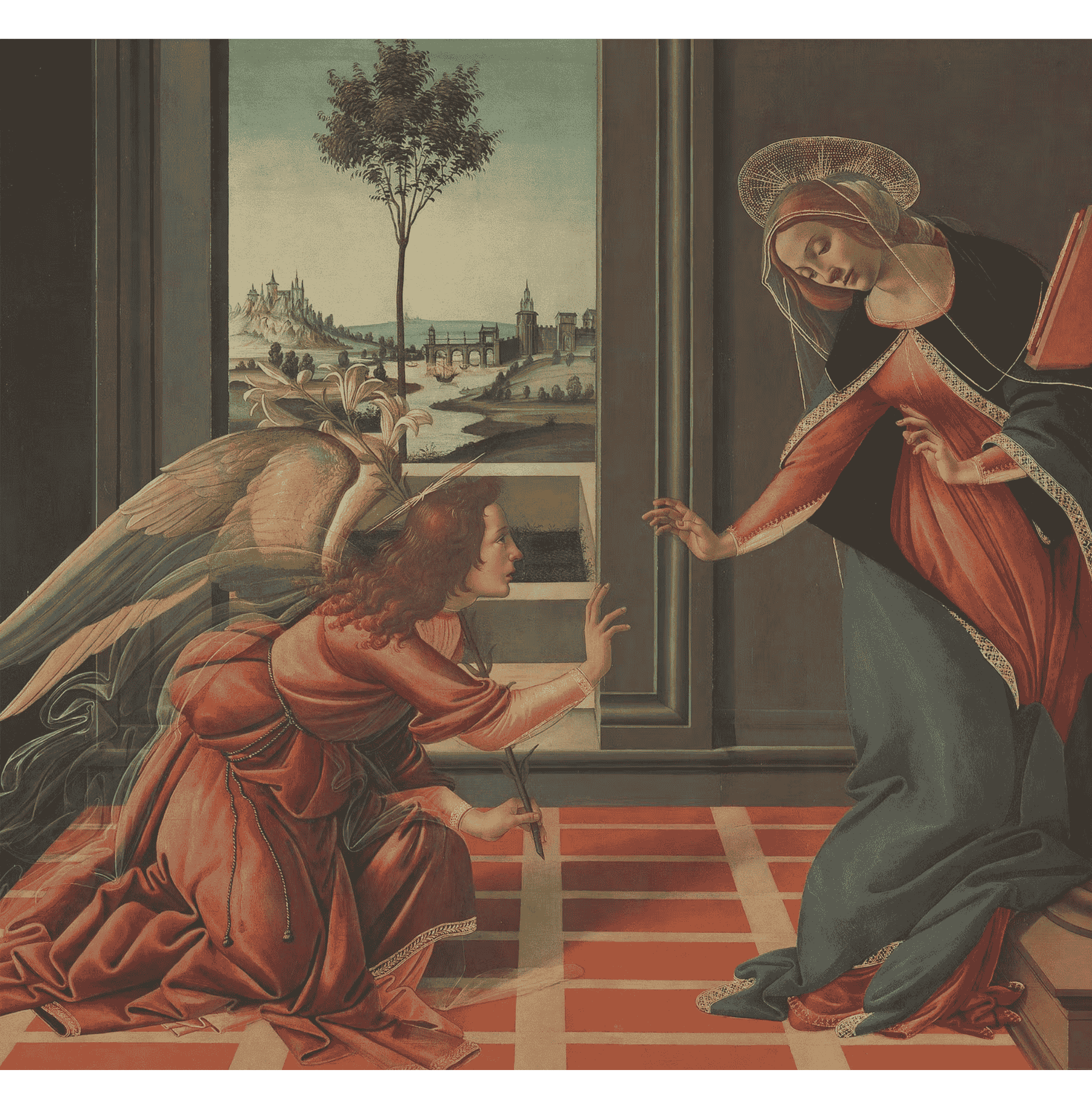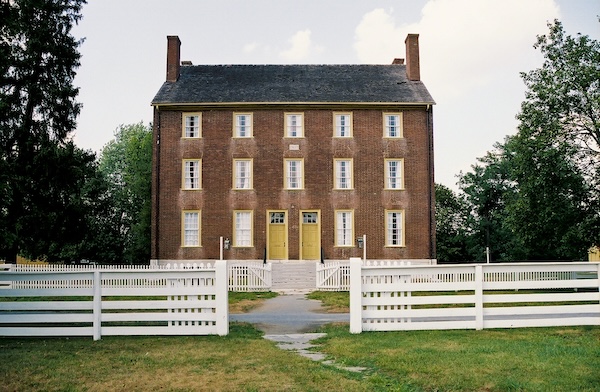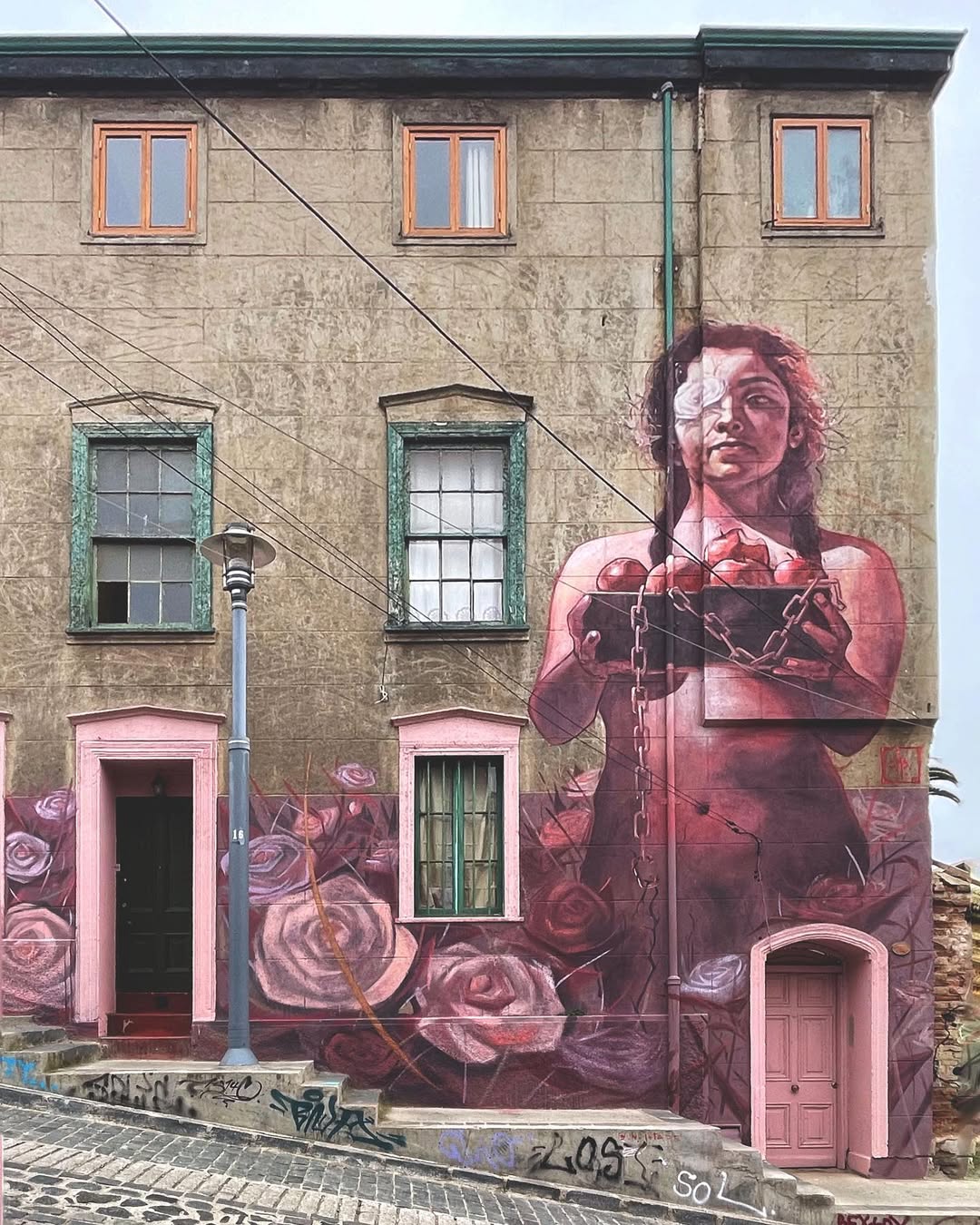
Jacob Bowed Down
Auckland Castle, the former home of the Bishops of Durham, houses a remarkable series of paintings of Jacob and his twelve sons by the Spanish artist Fransisco de Zurbarán (1598-1664). In 1756 twelve of the thirteen paintings were purchased by Richard Trevor, the Bishop of Durham. In 2001 the Church Commissioners voted to sell the paintings. Fortunately, the paintings along with the castle were bought for £15million by the Christian philanthropist Jonathan Ruffer, who is a keen collector of Spanish art. He and his wife Jane set up The Auckland Project and have devoted their lives to the regeneration of Bishop Auckland as a visitor destination. This year Auckland Castle will reopen after renovations and will continue to provide a permanent home for Jacob and his Twelve Sons.

The paintings relate to the occasion recorded in Genesis 49 when Jacob, who was about to die, called his sons and said: “Gather round so that I can tell you what will happen to you in days to come. Assemble and listen, sons of Jacob, listen to your father Israel.” Indeed, the set of paintings is like a gathering still: Jacob and his sons are preserved for all time and viewers are invited to listen and perceive what the paintings have to say to us in our own time.
What the paintings have to say is not always easy listening. This chapter is often headed as ‘Jacob blesses his sons’, but it is more accurate to say that he prophesies over his sons. The statements for the first three sons, Reuben, Simeon and Levi, are closer to curses than blessings and Zurbarán painted them with facial expressions that make the viewer feel wary. In some cases Jacob appears to speak more about the destiny of the tribe rather than of the individual. For example, he prophesies that Zebulon will dwell by the sea, so Zurbarán paints him with the sea in the background. He holds an oar in his left hand and an anchor in his right hand and wears colourful cropped trousers that would be very acceptable on a beach today!

Zebulon
Zurbarán’s imaginative genius is displayed in the way that each portrait is utterly unique. There are no halos because Zurbarán paints the brothers in all their humanity. Zurbarán has understood that in the Bible even the most exalted figures are depicted neither as saints nor as angels but as all-too-fallible human beings. If his predecessors had almost universally avoided the darker moral areas in order to project images of unsullied piety, Zurbarán—who in this respect shares a sensibility with his towering Dutch contemporary Rembrandt—preserves and enlivens the tensions. The paintings are a reminder that God’s purposes in this world often unfold through groups of unlikely people.
Although Jacob is very close to the end of his life, Zurbarán has painted him in a paradoxical manner so that as well as being frail, Jacob is solid and substantial. We can feel the weight of his body with the hands pressed down on his staff. The downward vertical lines of his scarf, his magnificent white beard and his cloak add to the sense that here is someone bringing down some weighty revelations from above.
Many comments about this painting focus on the sad expression on Jacob’s face. Perhaps he is reflecting on his past life. When he met with Pharaoh, he described his 130 years as being ‘few and difficult and they do not equal the years of the pilgrimage of my fathers’ (Genesis 47:9). Was Jacob remembering troubling episodes in his life such as when he stole the birthright from his brother Esau, an incident which is cleverly alluded to in the furry ankle cuffs Zurbarán has included? No doubt at this moment Jacob would also be feeling the weight of responsibility in his final task of bringing these sometimes uncomfortable prophecies to his sons.
However Zurbarán may also have been wanting to convey something else through the particular posture of Jacob in this painting. In the list of the heroes of faith in Hebrews 11:21 we read: “By faith, Jacob when he was dying, blessed each of Joseph’s sons, and worshipped as he leaned on the top of his staff.” (Joseph’s two sons, Ephraim and Manasseh, were blessed shortly before Jacob called together his own sons to prophesy over them.) Jacob is not just bowed down by the weight of his years and his troubles, but is also bowing down in humility and reverential worship in the spirit of Psalm 95:6 “Come let us bow down in worship.” When we think of worship in the English language, we tend to be influenced over much by the old English origin of the word as worth-ship, but in the original Hebrew and Greek words used in the Bible there is a strong physicality in the meaning of the word which is ‘to bow down or prostrate yourself.’
**********
Francisco de Zurbarán: Jacob and his Twelve Sons, 1640-1645, oil on canvas. Jacob 198 x 102 cm. Zebulon 198 x 102 cm.
At the time that Zurbarán executed these paintings in the 1640’s the Jews were experiencing persecution in Spain at the hands of the Inquisition and there is no record of a commission for the subject of Jacob and his sons being ordered in Spain itself. However, there was a demand in Latin America, because at that time it was thought that the indigenous people of South America were descendants of the lost tribes of Israel. By the time Zurbarán and his team had begun painting this set, he had already painted two sets of the same subject which are now in Lima, Peru and Puebla in Mexico. There is no record of the provenance of these paintings until the 1720s. One possibility is that they were destined for South America – some have speculated they may have been discovered on board a Spanish vessel captured by the British or by Jewish pirates who were descendants of Jews persecuted by the Inquisition. At all events, in 1722 the paintings were sold by Sir William Chapman (most probably to pay off South Sea Bubble debts) to a Jewish banker called James Mendez. In 1756 twelve of the thirteen paintings were purchased for £124 from the estate of Mendez (who had died in 1749) by Richard Trevor who was the Bishop of Durham. The other painting of Benjamin was sold separately but Bishop Trevor commissioned Arthur Pond to paint a copy so that he could complete the set. While there is no conclusive proof for this, it seems very likely that Bishop Trevor had a specific motivation for buying the paintings. He was a strong supporter of The Jewish Naturalisation Act which was passed in 1753, but after riots and much opposition, the act was repealed. Perhaps Bishop Trevor bought the paintings as a deliberate act of reconciliation and to express his strong support of Jewish naturalisation rights. Bishop Trevor then proceeded to rebuild the Long Dining Room at the castle to enable the paintings to be displayed to full advantage.In 2001 the Church Commissioners voted to sell the paintings. The likelihood of the paintings leaving the castle was very bad news for the town of Bishop Auckland which had fallen on hard times following the closure of the coal mines in the second half of the 20th century. Fortunately in 2011 the paintings along with the castle were bought for £15million by the Christian philanthropist Jonathan Ruffer, who is a keen collector of Spanish art. He and his wife Jane set up The Auckland Project and have devoted their lives to the regeneration of Bishop Auckland as a visitor destination. The attractions already include the Kynren An Epic Tale of England (https://www.kynren.com/) and the Mining Art Gallery which opened in 2017. This year Auckland Castle will reopen after renovations and will continue to provide a permanent home for Jacob and his Twelve Sons. In the next two years the Spanish Art Gallery, which has a special partnership with The Prado, will open along with the Faith Museum. It is amazing to reflect that Zurbarán’s paintings with their special subject matter and extraordinary history have now become the means of initiating the spiritual, social and economic regeneration of Bishop Auckland and the surrounding area.
David Pott lives near Bishop Auckland in County Durham. His great grandfather, Laslett Pott, was a distinguished Victorian history painter who exhibited 43 works at the Royal Academy and David has always had a keen interest in the history of art. David and his wife Pam are involved in assisting with regeneration initiatives in Bishop Auckland.
ArtWay Visual Meditation February 24, 2019
%20(1).png)












